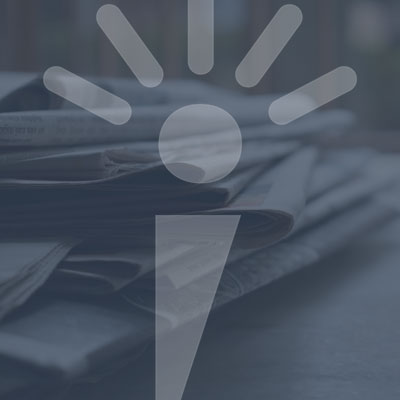The Complete Guide to HRAs: Everything You Need to Know

You probably know – healthcare is expensive. Health plans seek to cover as many expenses as possible, BUT there are exceptions to every rule. Exceptions in the form of out-of-pocket expenses. So how can you help employees manage these additional costs with HRAs?
HRAs are powerful. Why? Take clownfish, for example. As we all learned in Finding Nemo, they live in sea anemone [uh-nem-uh-nee]. Both species survive and thrive due to a symbiotic relationship. Marlin and Nemo receive protection and shelter while the anemone receives nutrients from the clownfish. It’s a win-win situation.
The same goes for HRAs. HRAs are tools that benefit both employees and the business by creating a supplemental healthcare fund that is tax-free. Below, we have included a guide with everything you need to know in order to implement one successfully.
Table of Contents
What are HRAs?
HRA Requirements
Benefits to HRAs
Types of HRA Plans
HRAs and HIPAA
HRAs and FSAs
Let’s start at the beginning. What does HRA actually stand for?
Health Reimbursement Arrangement or a Health Reimbursement Account (aka HRA for short ?), An HRA is a benefits program that is funded by the employer and approved by the IRS.
So what does an HRA do that actually helps a small business?
Here it is: the best part about HRAs is that they provide a tax advantage to save money on healthcare costs for employees and employers.
For a step by step process:
- Employer puts money into an employee account (this is the HRA).
- For out-of-pocket expenses, an employee is able to withdraw tax free money from this account.
- Employees enjoy additional healthcare coverage, and employers benefit from gaining tax deductibles and providing the best options for employee retention.
HRAs let employers contribute a specific amount of pre-tax dollars to an employee’s account to cover any medical expenses that do not fall under their current insurance plan. It is not health insurance, but a supplement to your current benefits package.
When do HRAs work best?
Like gourmet cheese and fine wine, HRAs pair well with high deductible plans. If you do not currently offer high deductible plans, the choice to offer them is a simple move and also reduces costs for you. High deductible plans have lower premium costs, which means these savings can be used as HRA contributions.
HRAs sound great – any reason why we can’t have one?
The two requirements of an HRA are: 1) the HRA cannot be funded via salary reduction and 2) benefits are provided once medical expenses are verified. This means reimbursements only occur after medical expenses are incurred.
HRA funds are also eligible to rollover from plan year to plan year. However, it is up to you as the employer to determine how you would like to manage these accounts (i.e. are funds available year to year or are funds forfeited at the end of every health insurance plan year?) One big advantage for allowing carryover is that employees are able to access HRA funds when they retire.
The lowdown behind HRA benefits:
Employer Benefits
- All contributions made to an employee’s account are 100% tax deductible
- High flexibility and choice as to what HRA funds can be used for, including coinsurance, copays, etc.
- Ability to effectively manage benefits cost
Employee Benefits
- Contributions from the employer are 100% tax free
- HRAs can be used to cover an employee when they retire, as well as any dependents and spouses
- Lower health insurance premiums
Types of HRA Plans
For Specific Expenses: HRAs can be specified to cover certain expenses exclusively, including dental, prescription medications, vision, etc. For specific expenses, you as the employer have the ability to choose which areas of healthcare these funds are eligible to cover. Remember, employees should substantiate medical claims with information such as the name of the service provider, the date of the appointment, and the total amount for care.
Uninsured Expenses: HRAs can cover all out of pocket expenses. This ranges from deductibles, dental, vision, prescription, and more. Uninsured expenses can be incurred by both your employees as well as their dependents.
Deductible: Any expenses that fall under your deductible are eligible for reimbursement. This plan typically does not include copayments.
HRAs are also eligible for annual rollover, meaning any unused balances transfer from year to year. Utilizing an HRA creates a win-win situation for you and your employees as everyone benefits and everyone can save money.
HRAs and HIPAA
HIPAA rules apply to HRAs (backlink to Jessica’s article on HIPAA). In regards to privacy, plans cannot discriminate against any employees in terms of fund allocation and access to said funds.
HRAs and FSAs
You can offer your employees access to a Flexible Spending Account (FSA) along with an HRA. Different than HRAs, FSAs are employee-funded rather than employer-funded. An FSA lets employees cover out of pocket medical expenses with pre-tax dollars. Unlike an HRA, FSA funds are determined through employee salary reduction.
——————————
By taking advantage of the benefits of HRAs, you can build better relationships in the workplace and live happily ever after.
Spoiler Alert: Finding Nemo has a happy ending, too.